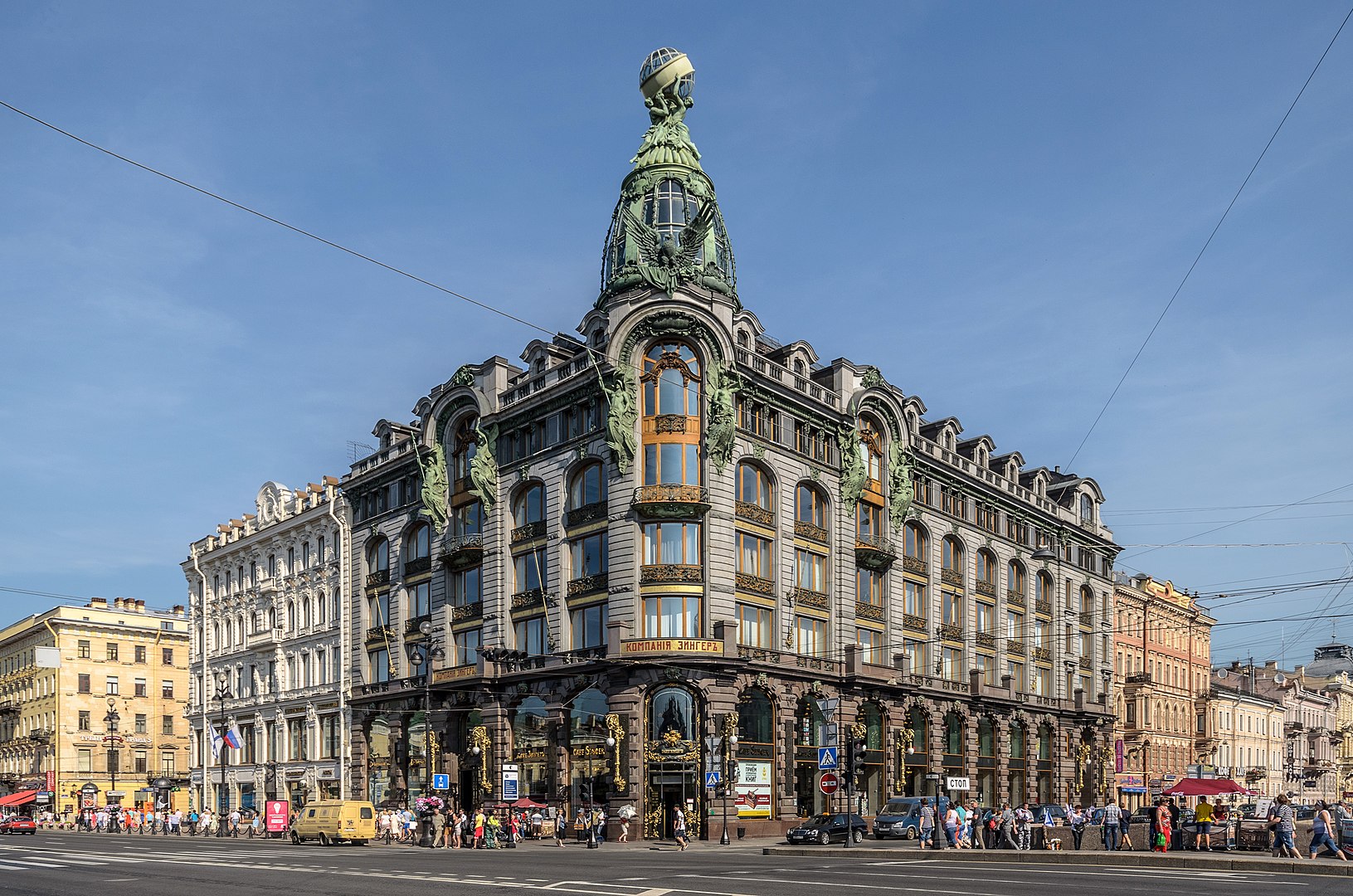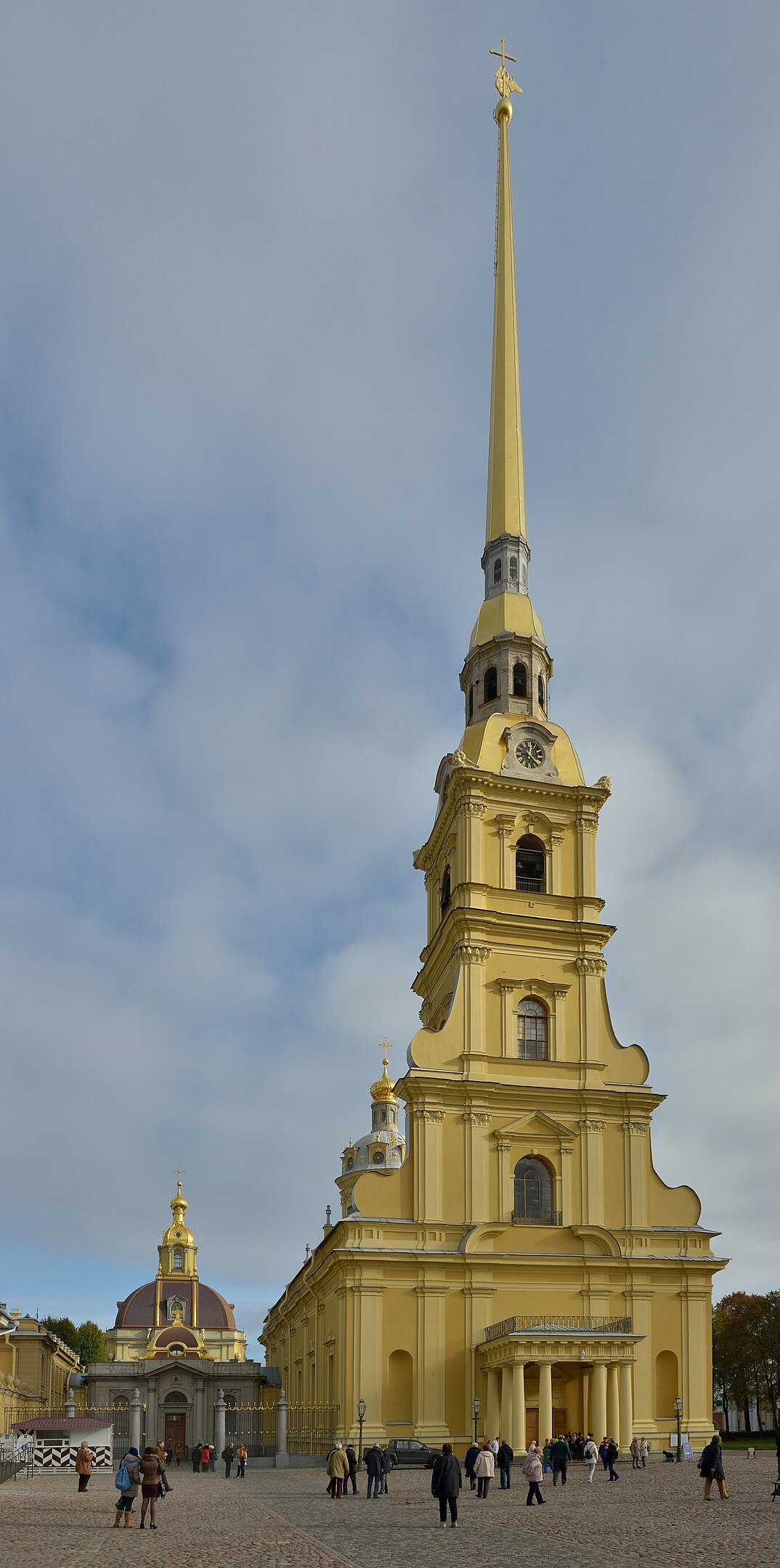
Saint Peter and Paul Cathedral
St-Petersburg
The architectural history of Russia, particularly from the late 17th century through the 19th century, is rich and varied. Let’s explore the key styles you’ve mentioned:
- Russian Empire Baroque (also known as Naryshkin Baroque)
- This style developed during the late reign of Tsar Alexis and continued under his son, Peter the Great.
- It is characterized by a fusion of traditional Russian architectural elements with Western European Baroque influences.
- Notable features include ornate decoration, use of colorful tiles, and the combination of onion domes with Baroque-style columns and pilasters.
- Key examples include the Church of the Intercession at Fili and the Novodevichy Convent in Moscow.
- Petrine Baroque
- Named after Peter the Great, who brought many European influences to Russia.
- Petrine Baroque is more Western in style, reflecting Peter’s admiration for European architecture, particularly Dutch and Swedish.
- Buildings from this period often have simpler, more austere facades compared to the elaborate ornamentation of the Naryshkin Baroque.
- The Peter and Paul Cathedral in St. Petersburg is a prime example, with its slender spire and restrained decoration.
- St. Petersburg Late Baroque
- – This style evolved as St. Petersburg became the capital of the Russian Empire.
- – It combines Baroque grandeur with a greater emphasis on symmetry and classical forms.
- – The Smolny Cathedral and the Winter Palace are iconic examples, showcasing elaborate facades, grandiose interiors, and an overall emphasis on opulence and power.
- Neoclassicism
- Inspired by the classical architecture of ancient Greece and Rome, Neoclassicism emphasized simplicity, proportion, and symmetry.
- In Russia, it coincided with the reign of Catherine the Great, who admired Enlightenment ideals and sought to modernize Russian architecture.
- Key features include grand columns, triangular pediments, and a restrained decorative style.
- The Kazan Cathedral in St. Petersburg and the Bolshoi Theatre in Moscow are notable examples.
- Historicism
- This style involves the revival and reinterpretation of earlier architectural styles, often incorporating elements from different periods.
- Historicism in Russia was influenced by the country’s growing interest in its own history and the broader European trend of Romanticism.
- Russian Historicism includes revivals of Byzantine, Gothic, Renaissance, and Russian traditional styles.
- The Cathedral of Christ the Saviour in Moscow is an example, reflecting a return to traditional Russian forms with modern construction techniques.
- Eclecticism
- Eclecticism is characterized by the combination of elements from various historical styles in a single building.
- t was popular during a period of rapid industrialization and urbanization, allowing architects to experiment with different aesthetic ideas.
- This approach often resulted in highly decorative and varied buildings.
- The State Historical Museum in Moscow is an example, combining Russian Revival and Neo-Gothic elements.
Time Period: Late 17th century to early 18th century.
Characteristics:
Time Period: Early 18th century.
Characteristics:
Time Period: Mid to late 18th century.
Characteristics:
Time Period: Late 18th century to early 19th century.
Characteristics:
Time Period: Mid to late 19th century.
Characteristics:
Time Period: Late 19th century to early 20th century.
Characteristics:
ALexander Nevskii Monastery
St-Petersburg
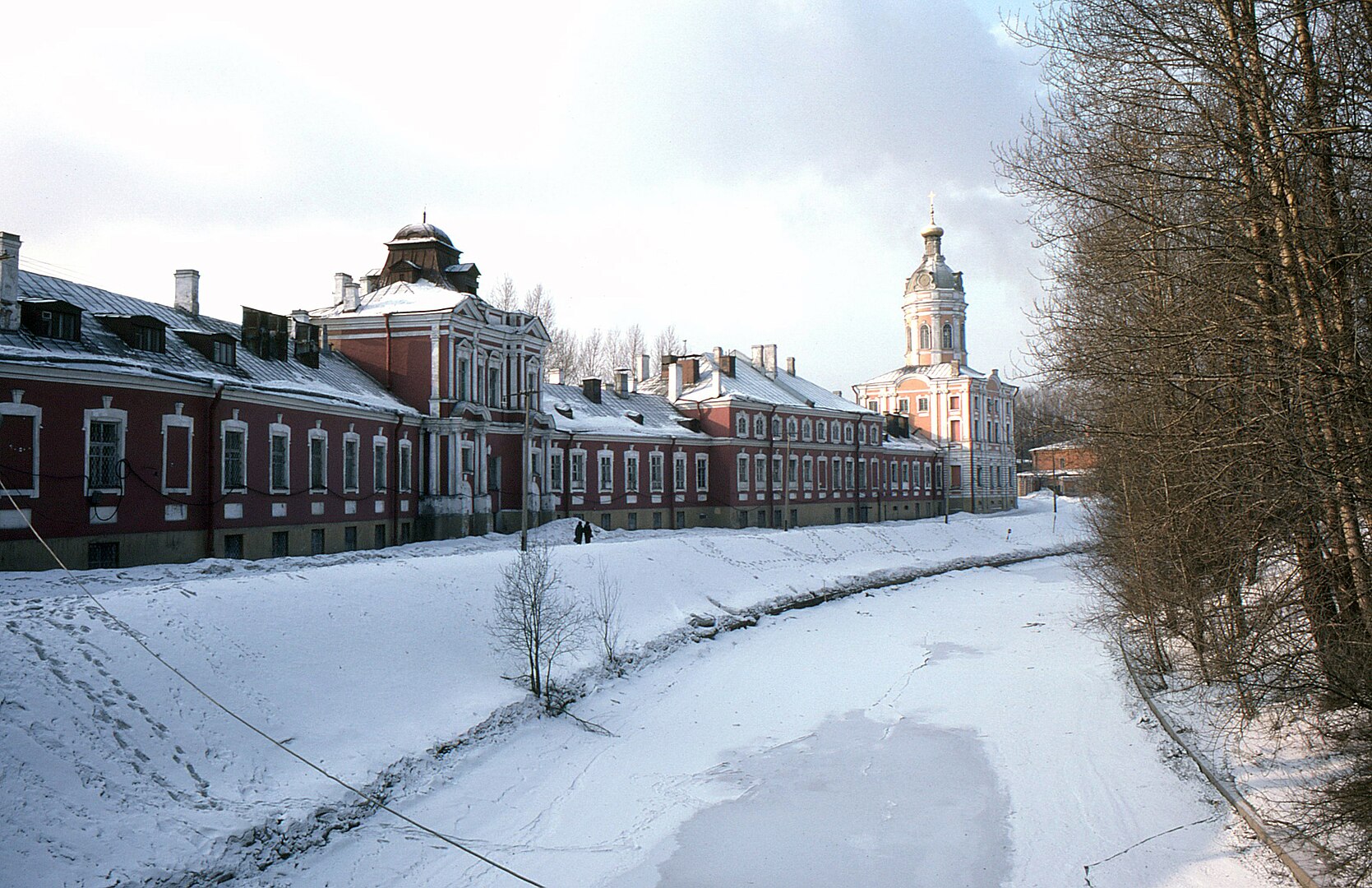
Winter Palace
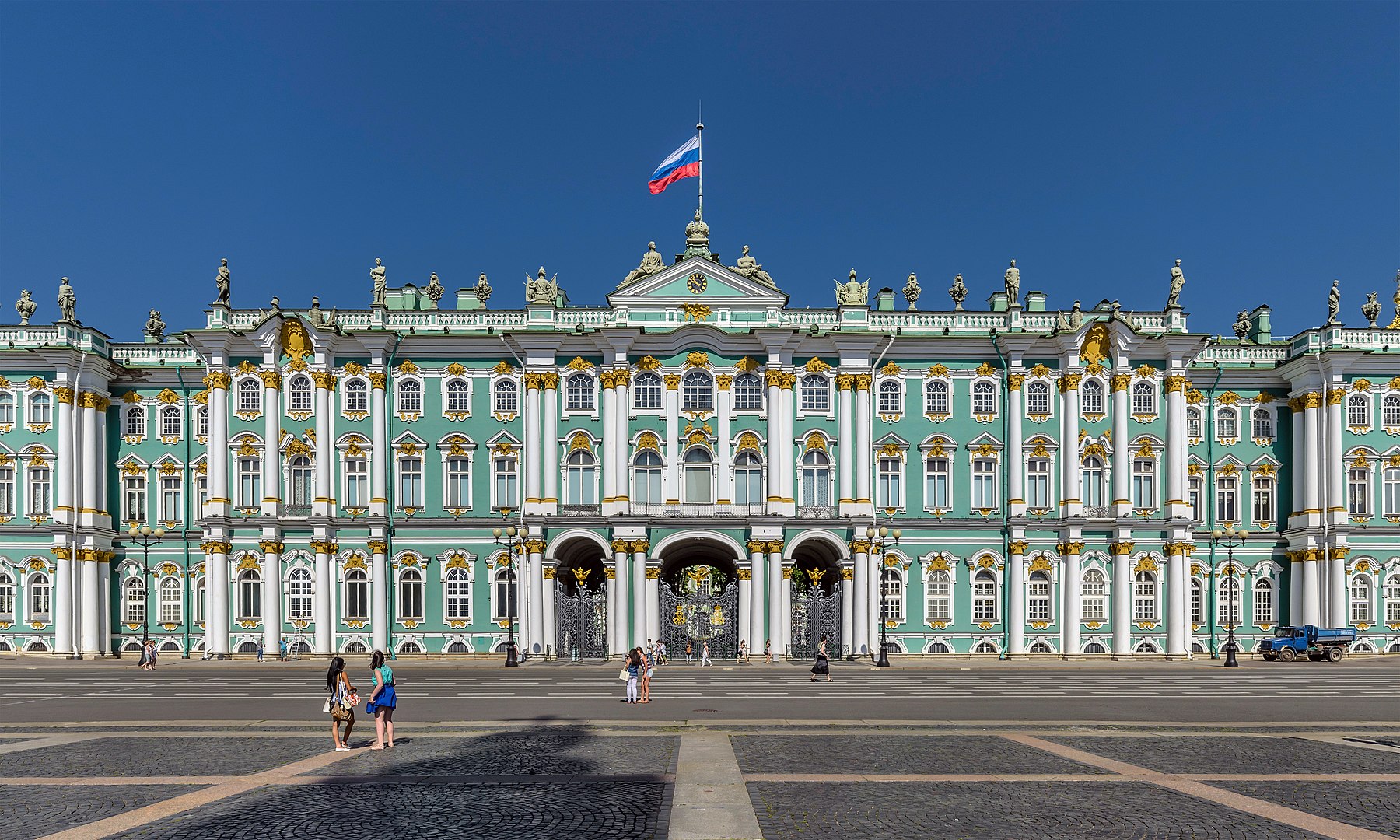
Small Hermitage
St-Petersburg
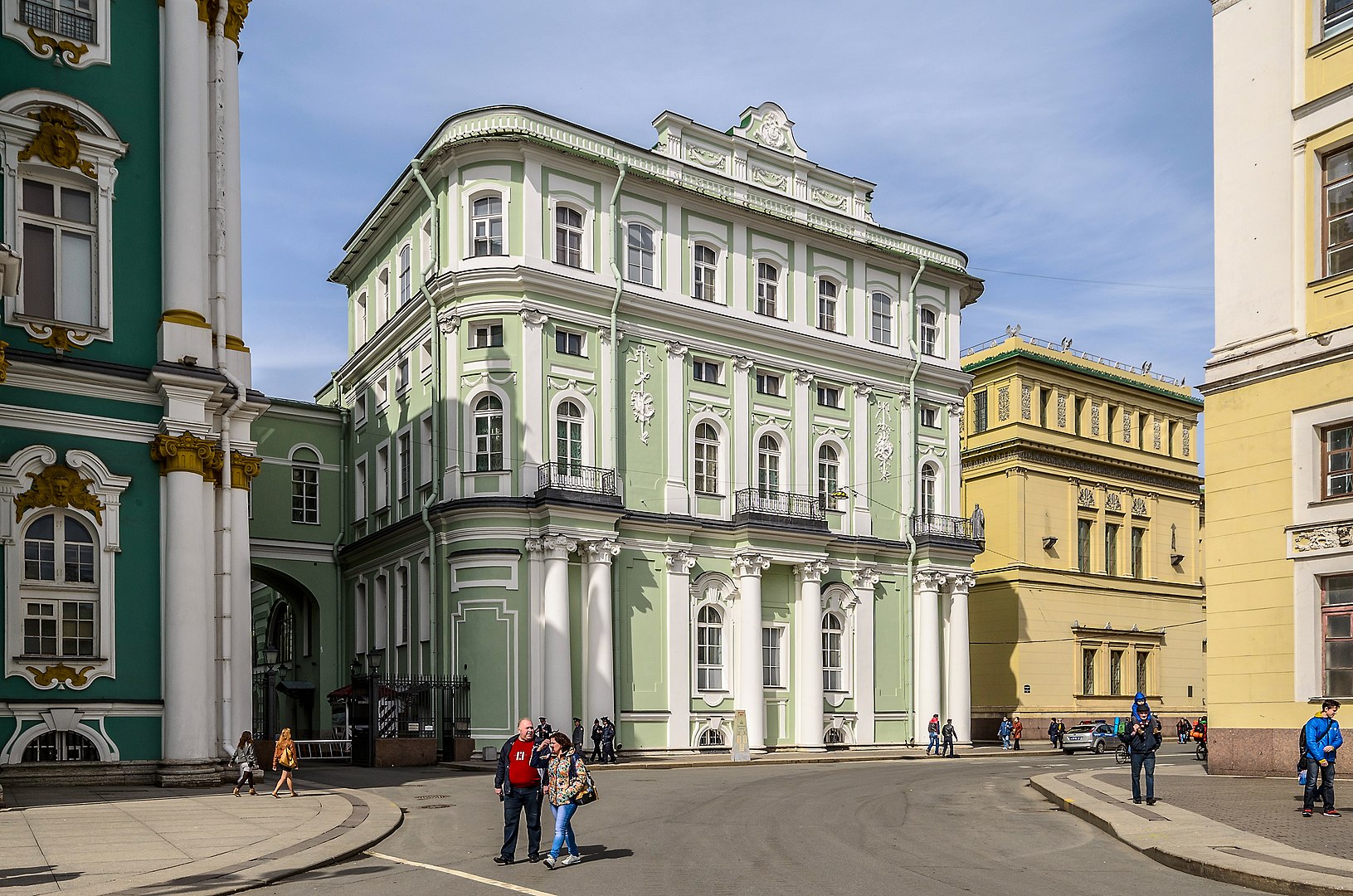
Imperial Academy of Arts

Virgin of Kazan Cathedral
St-Petersburg
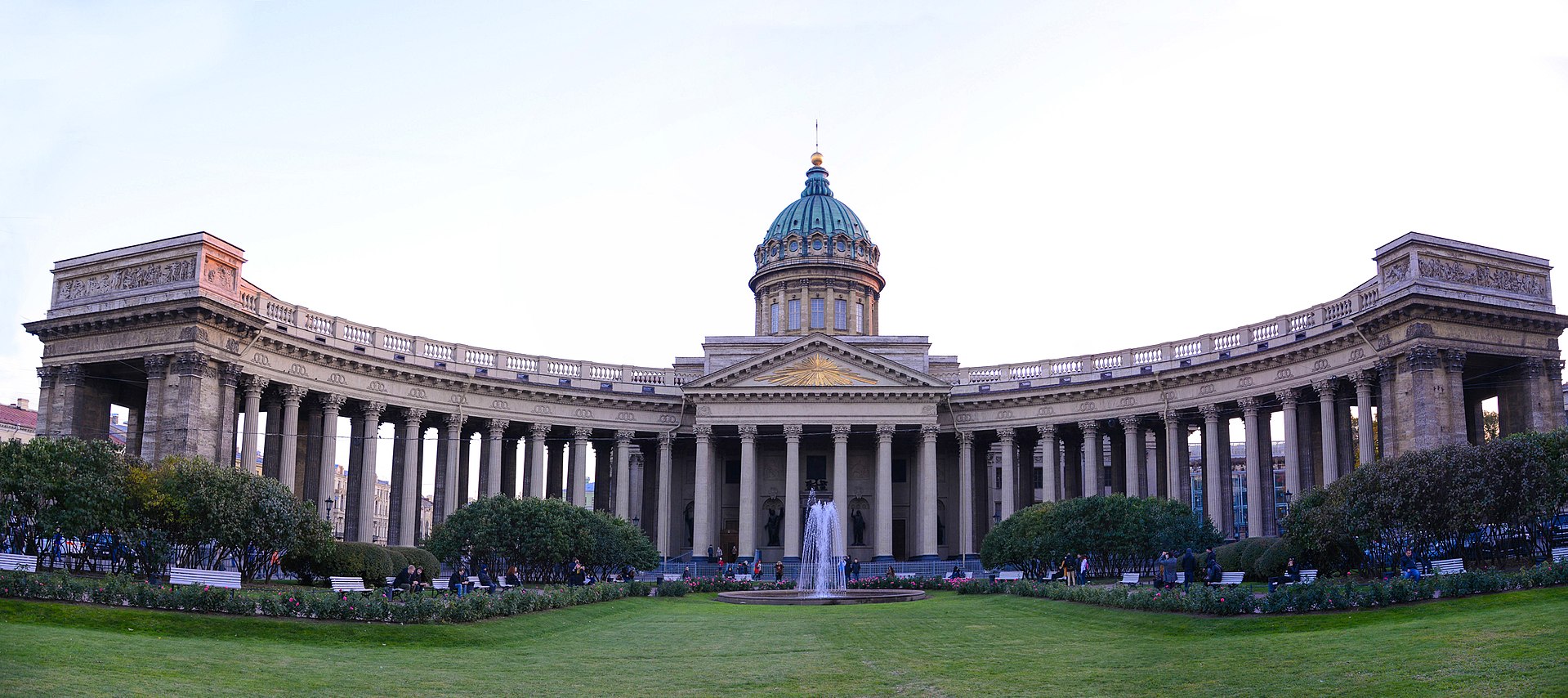
Admiralty Building
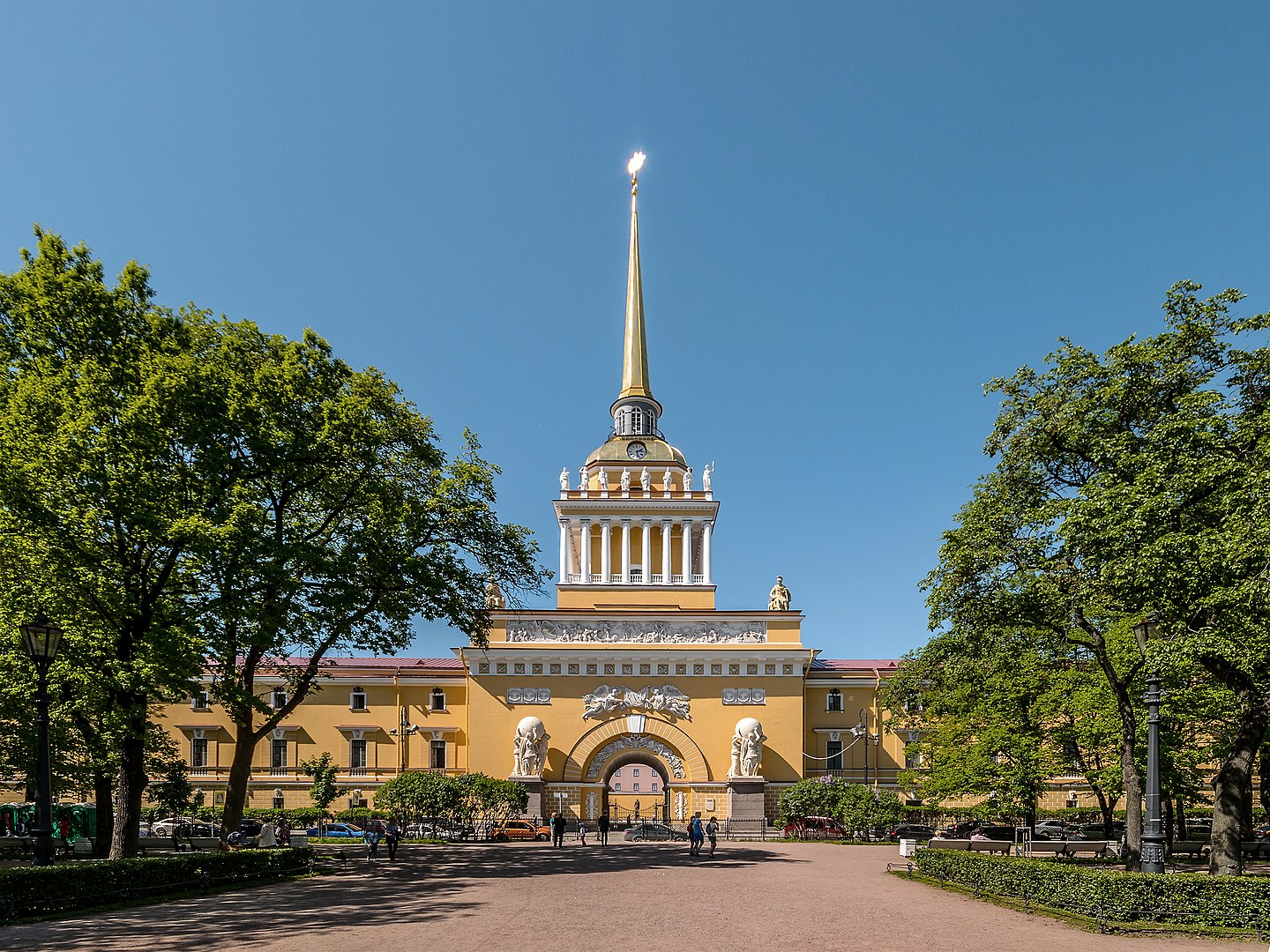
Peter and Paul Fortress
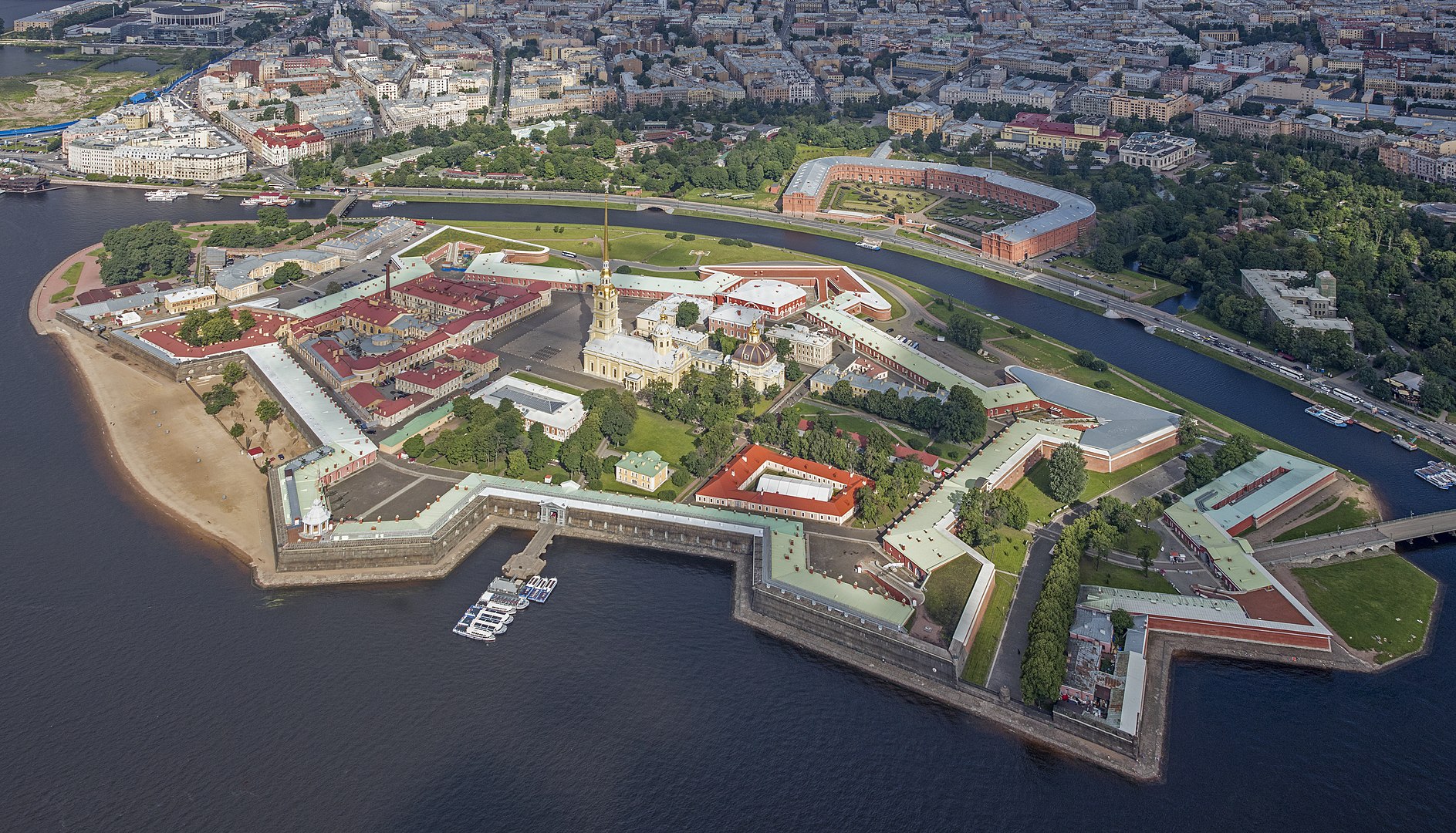
Peterhof Palace
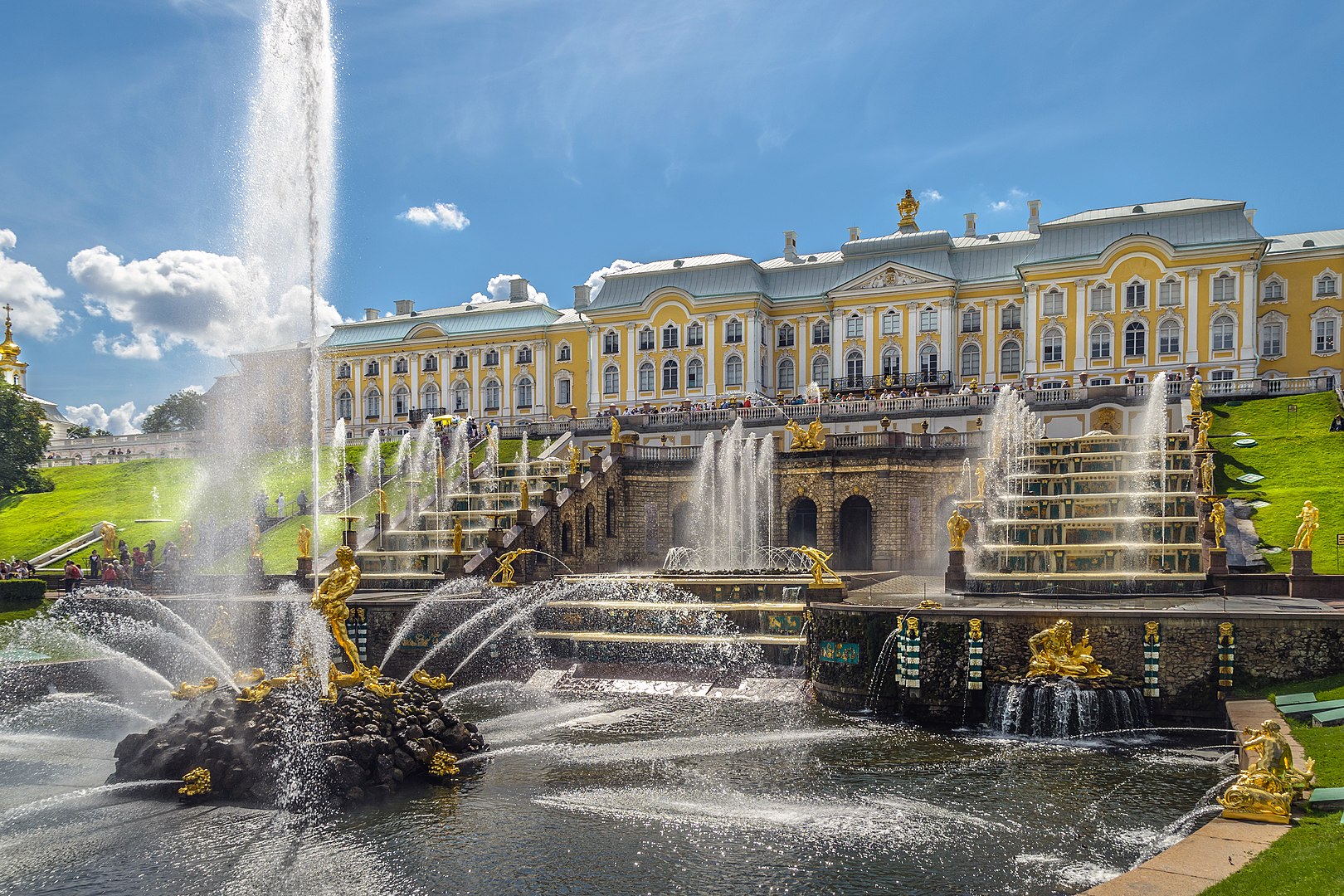
Konstantic Palace
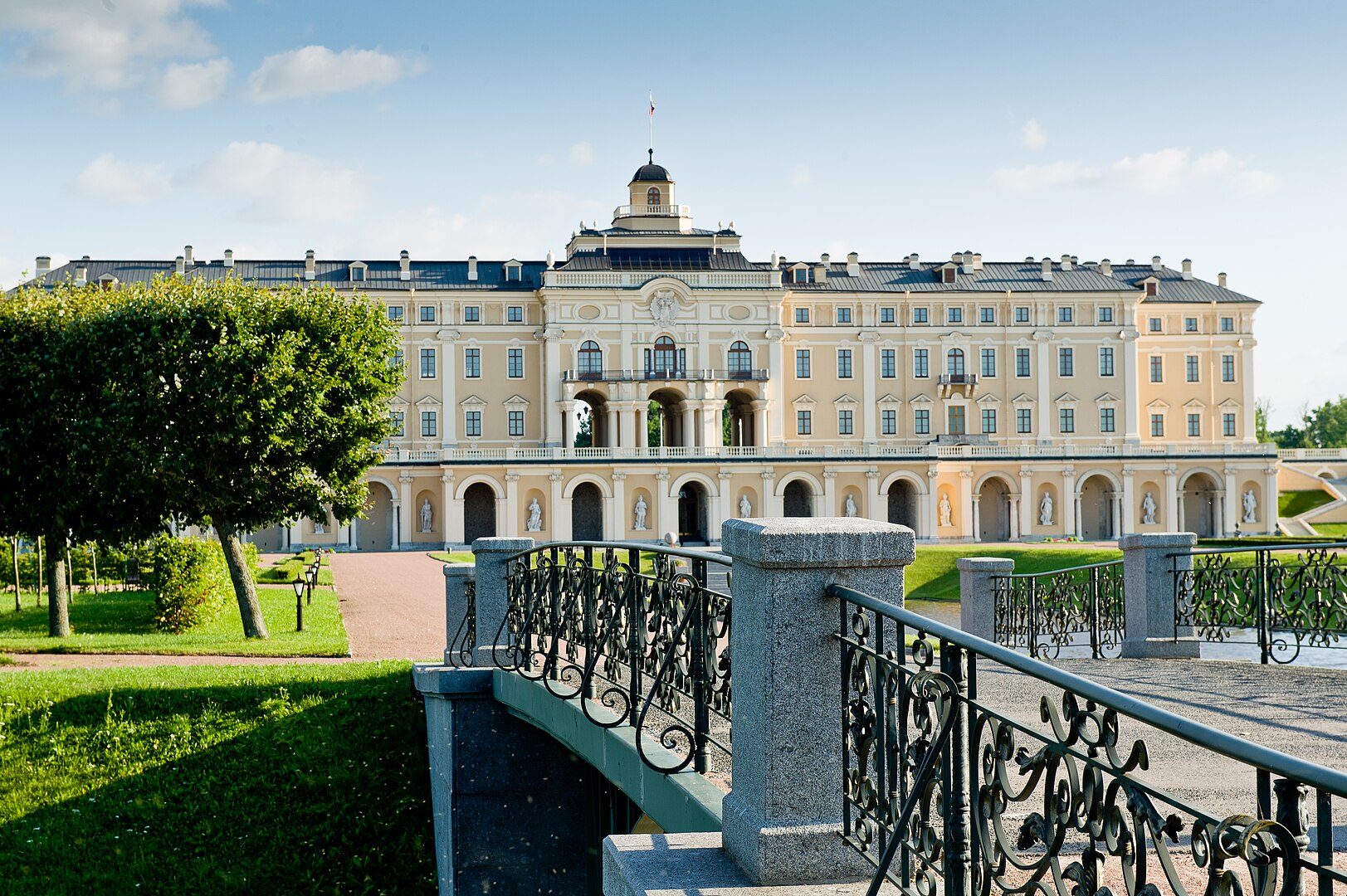
Catherine Palace
Txarskoye Selo
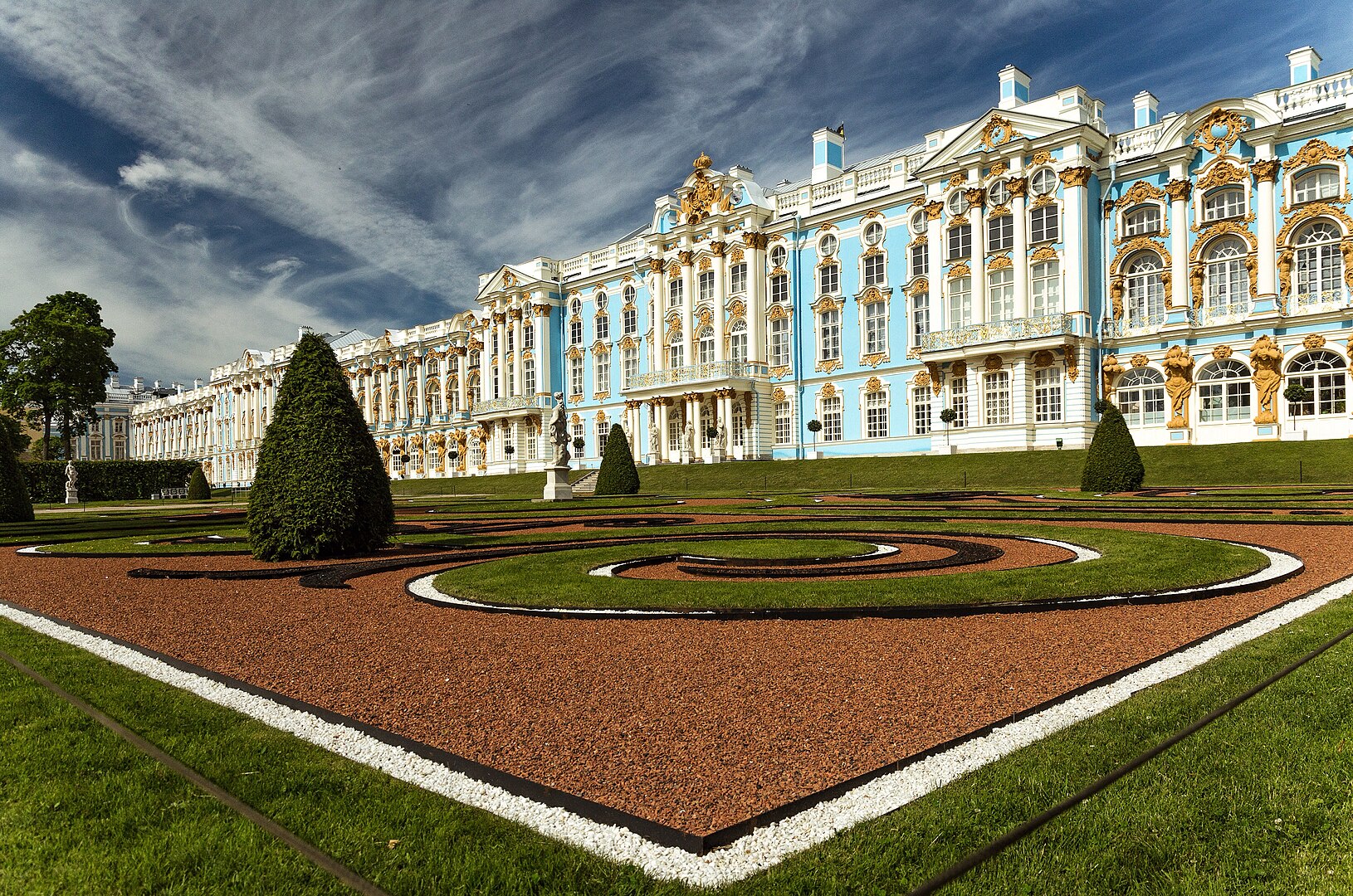
Pashkov House
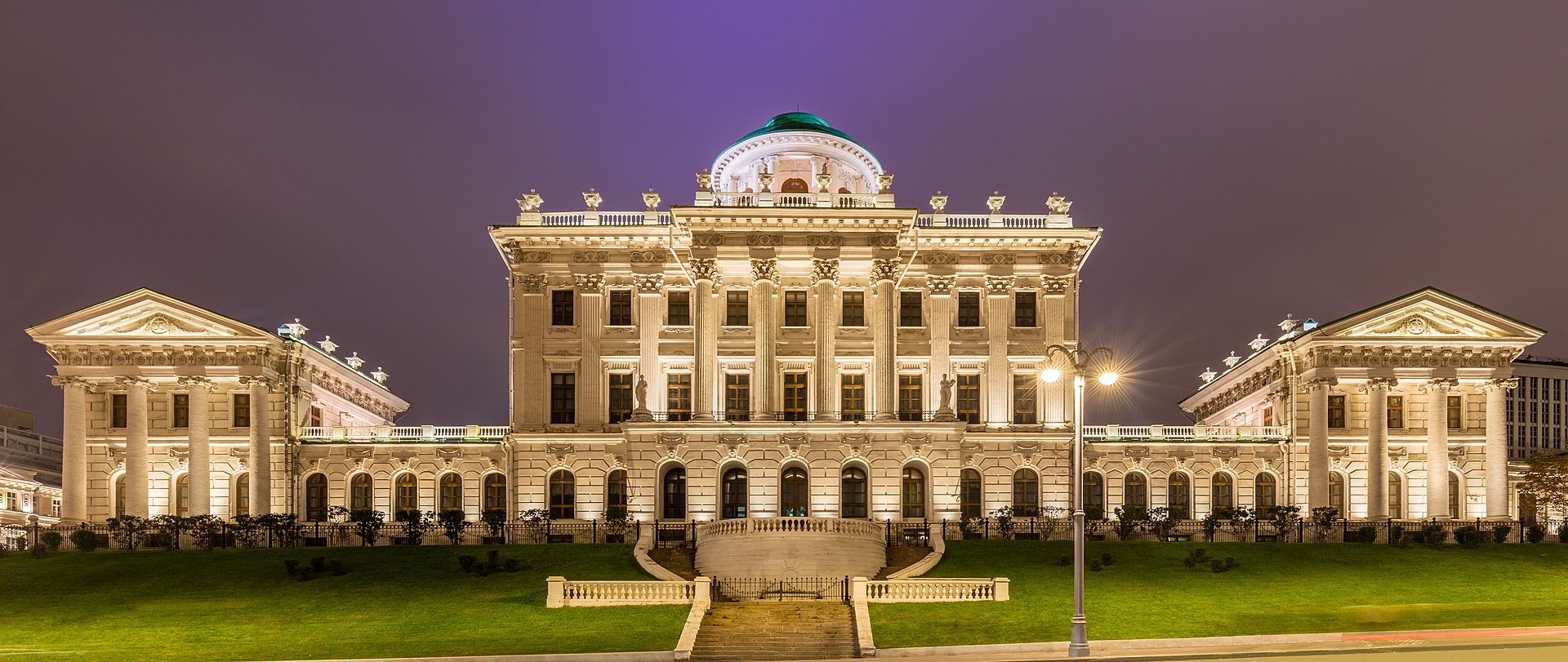
Saint Michael’s Castle
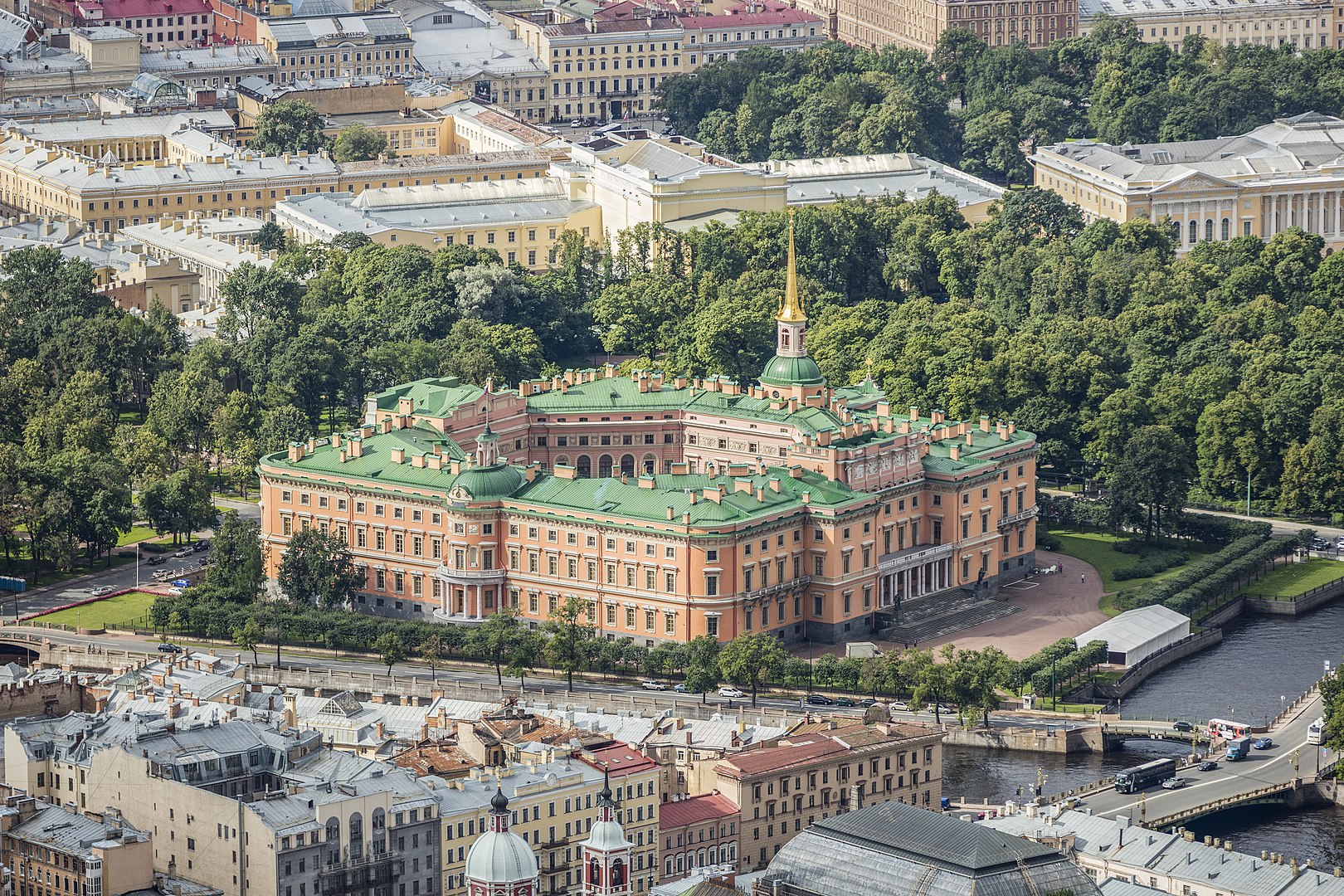
Kazan Cathedral
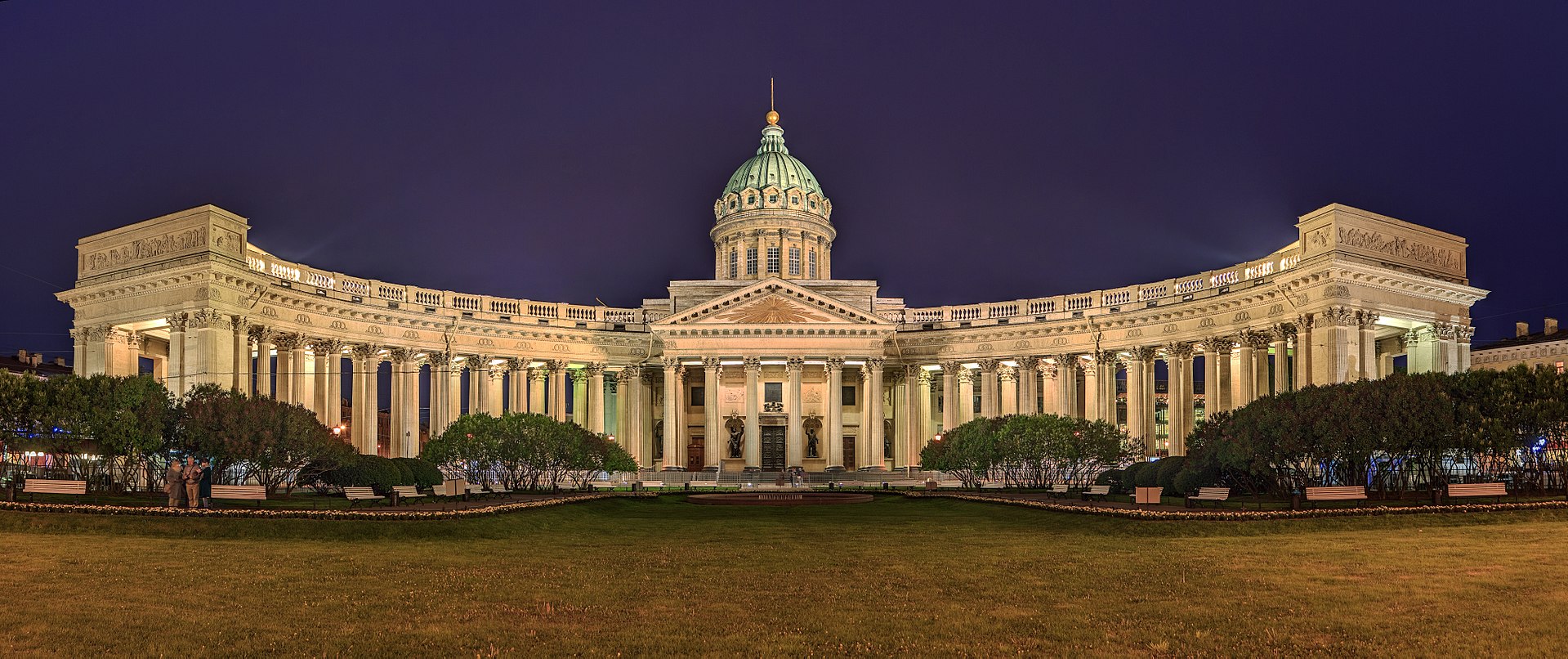
General staff Building
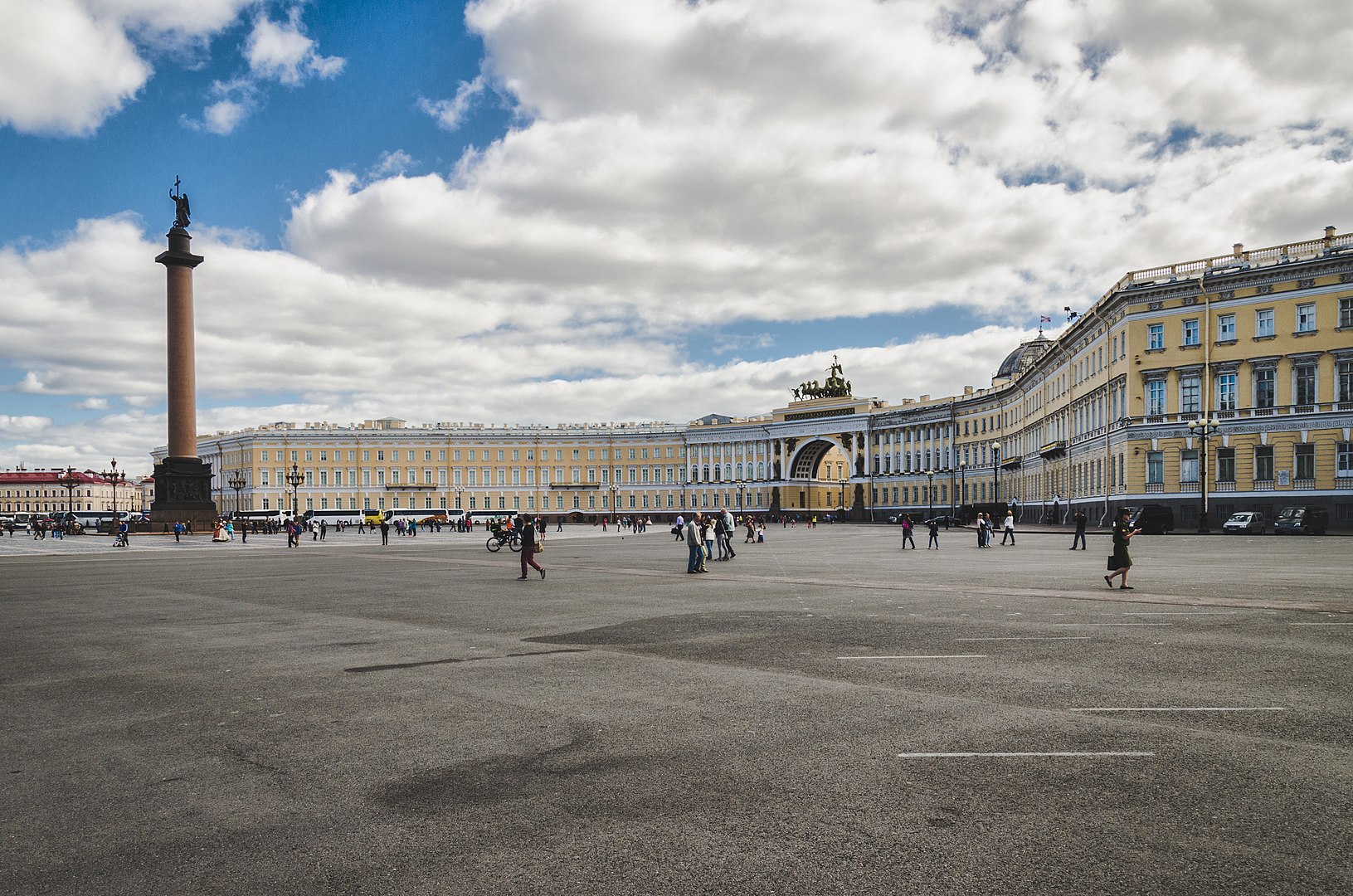
Saint Isaac’s Cathedral
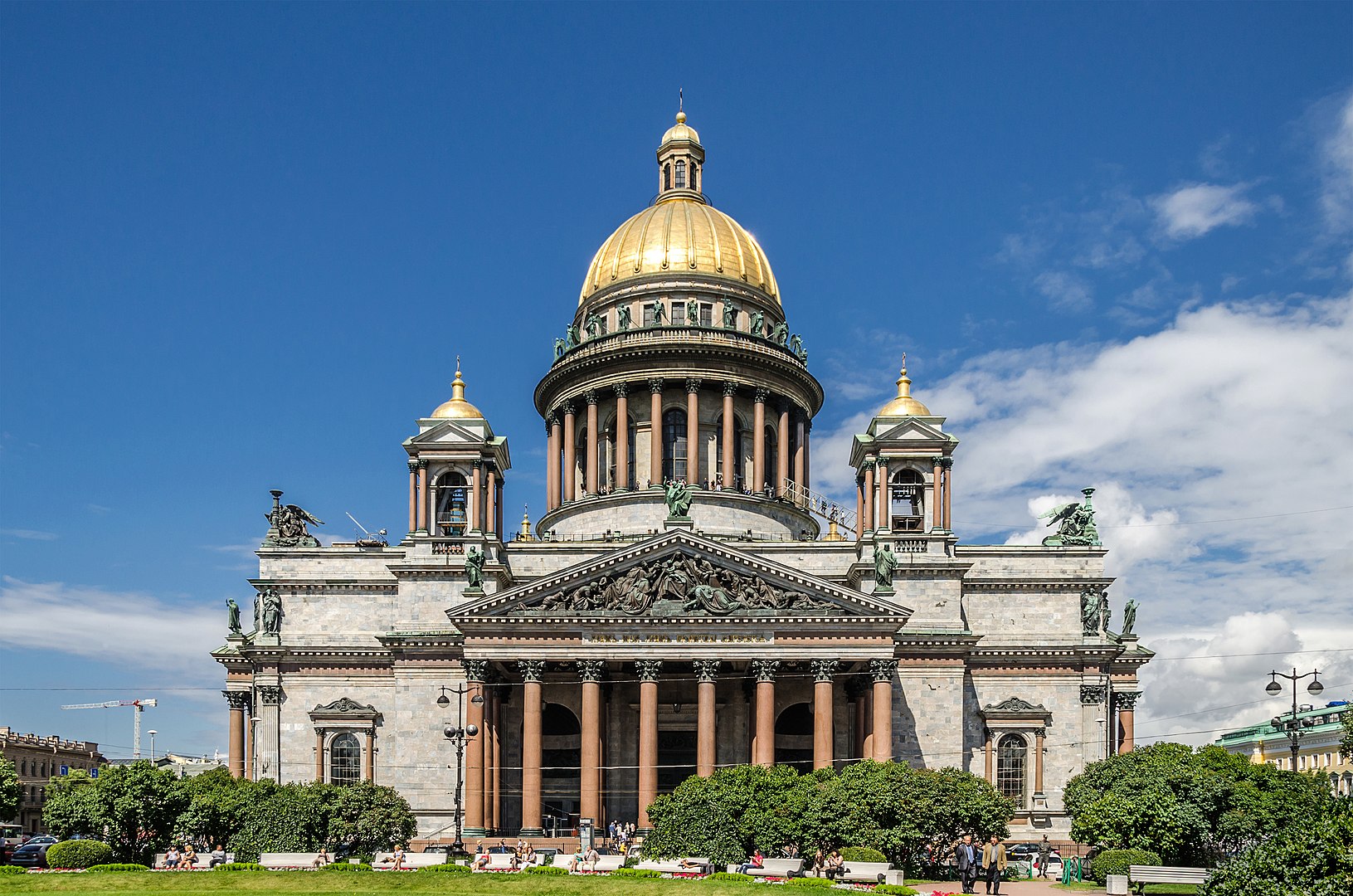
Bolshow Theatre
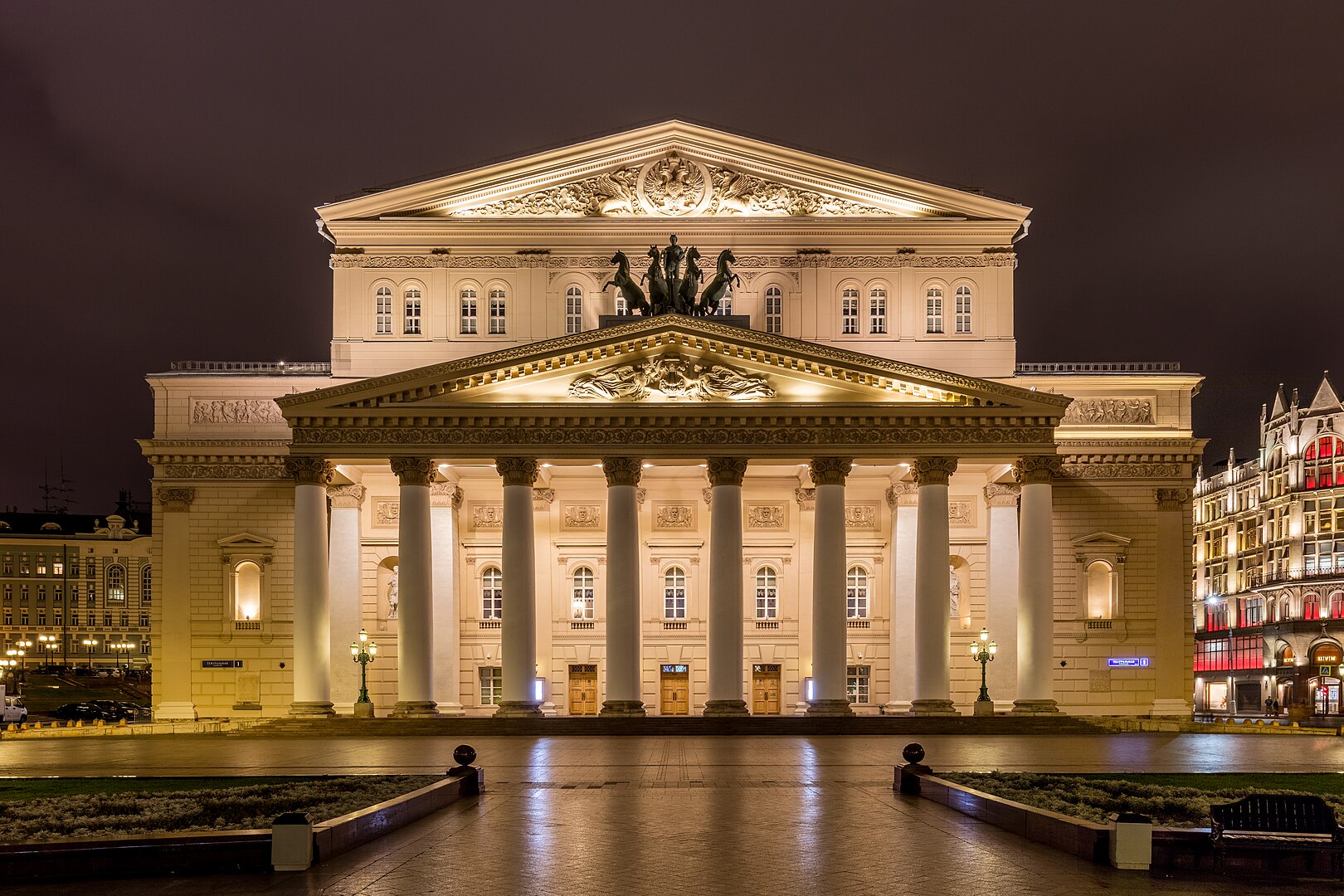
Cathedral of Christ the Saviour
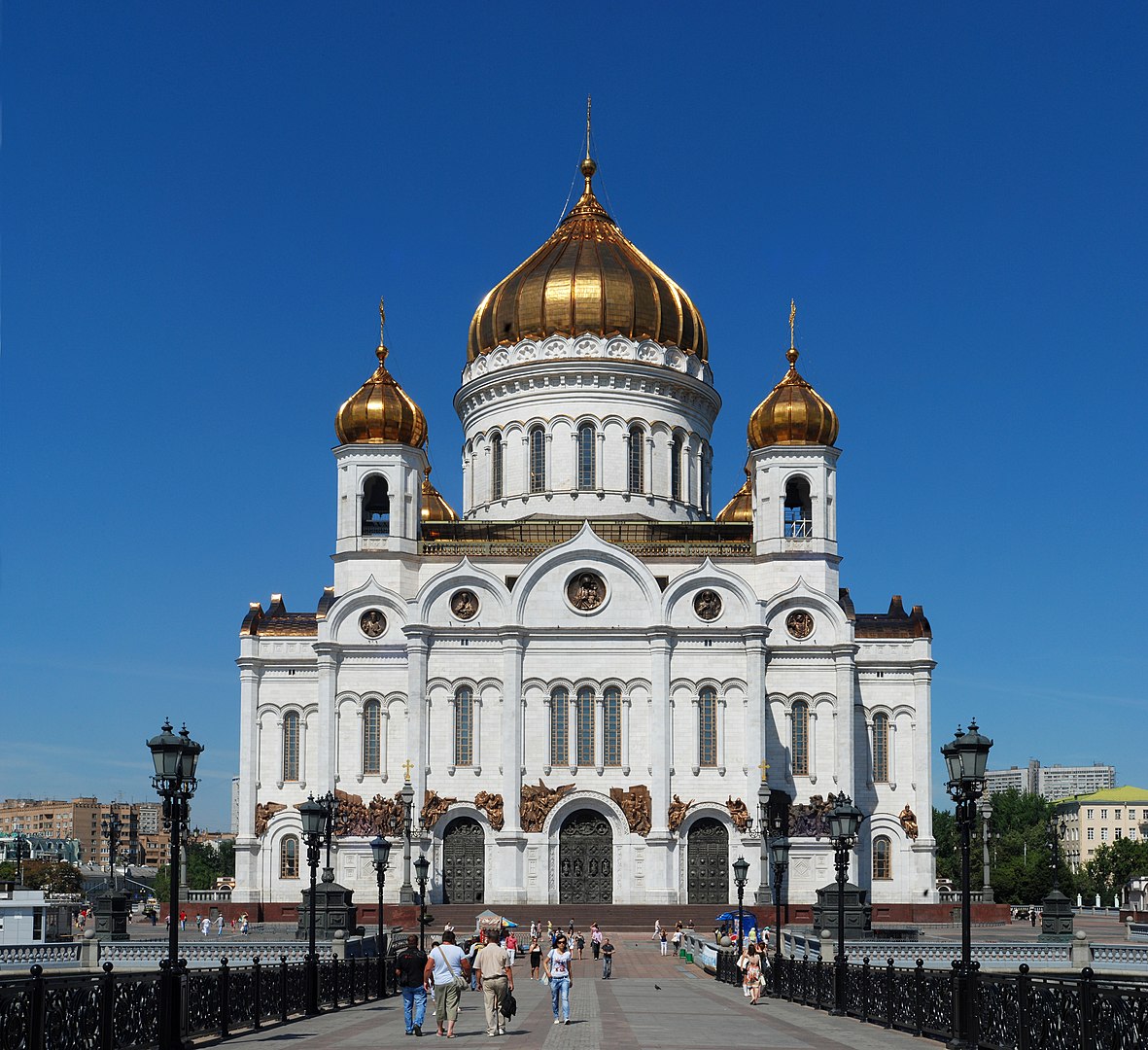
State Historical Museum
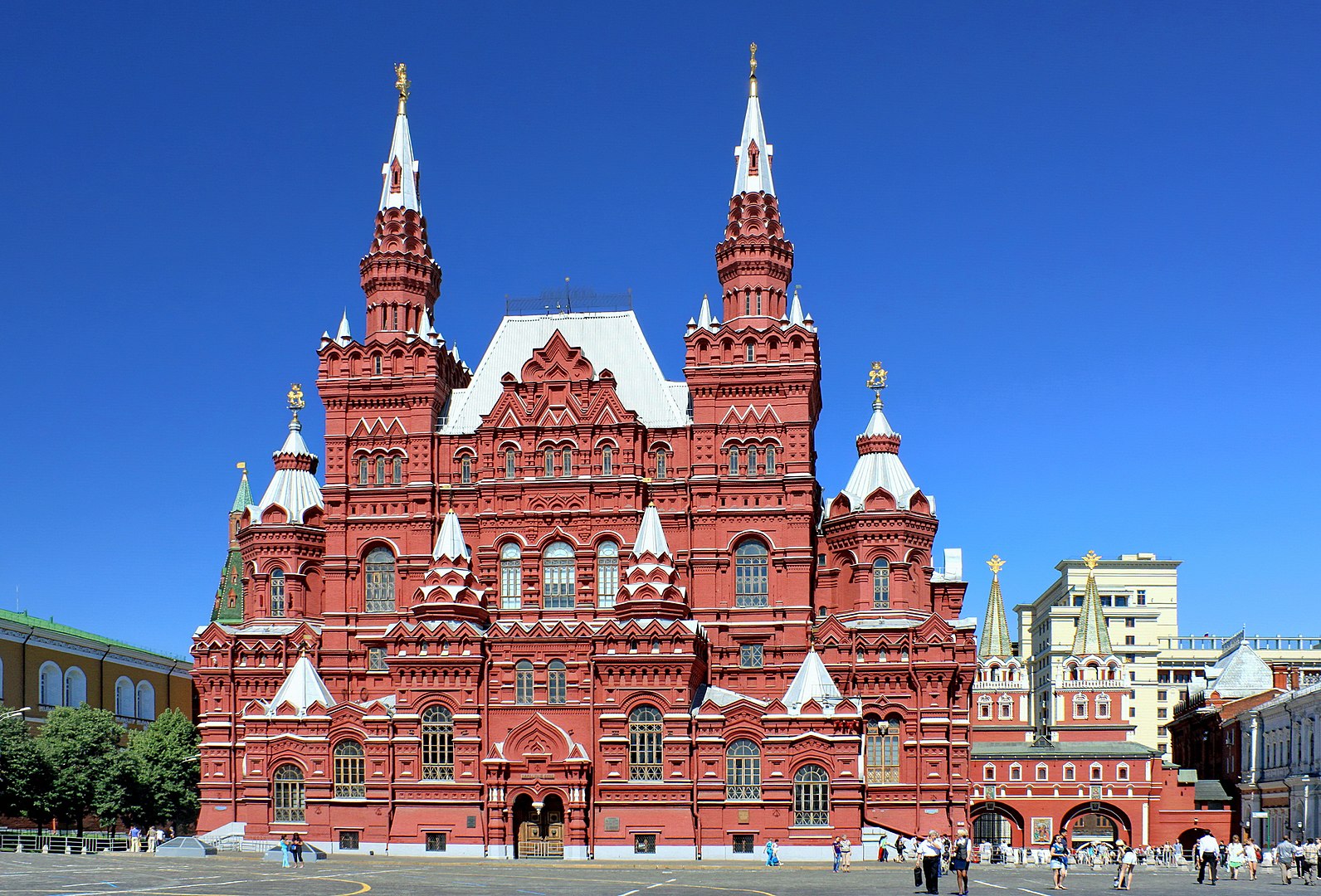
Gum Department Store
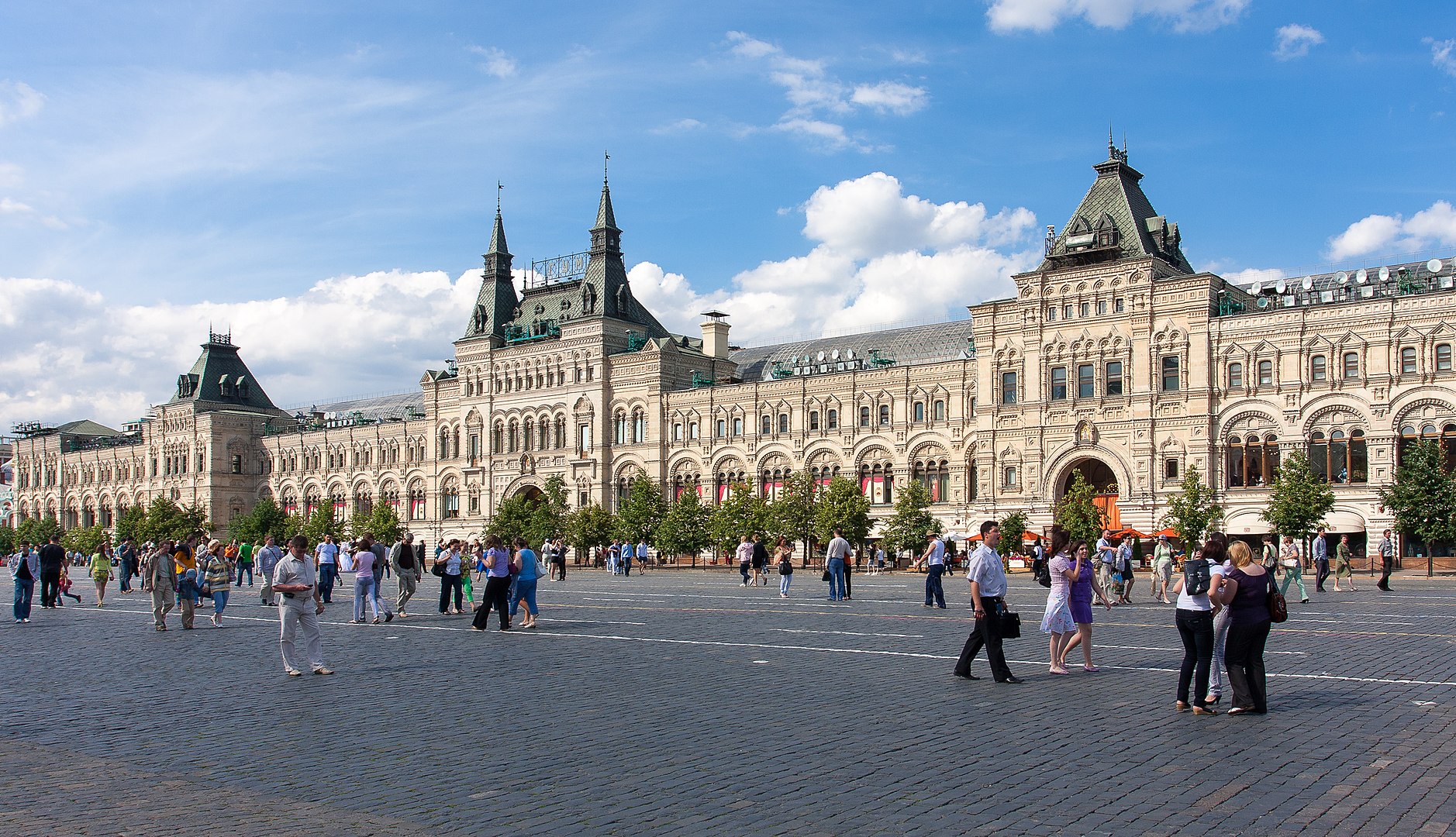
Eliseyev Emporium
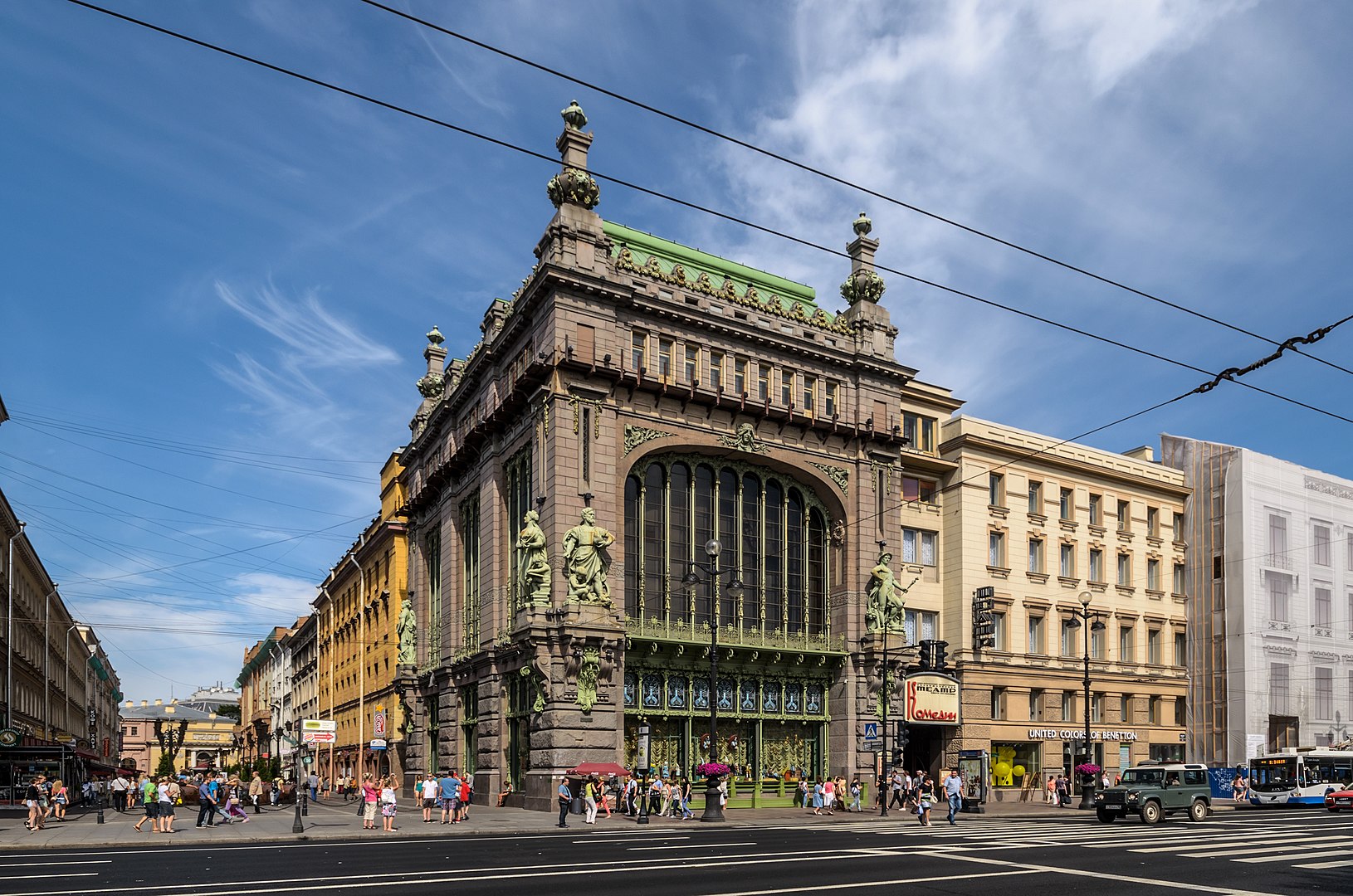
Tratyakov Gallery
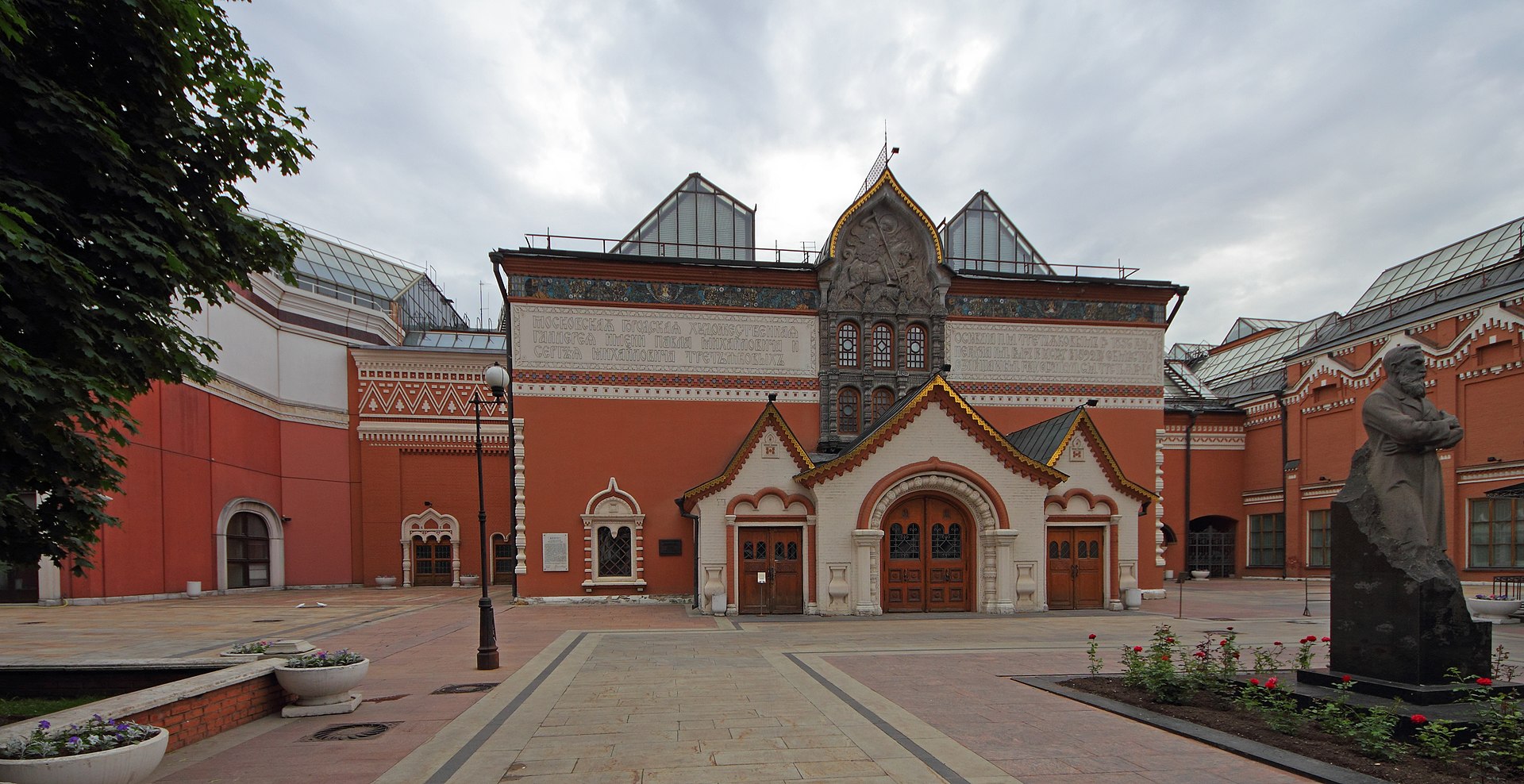
Silver House
